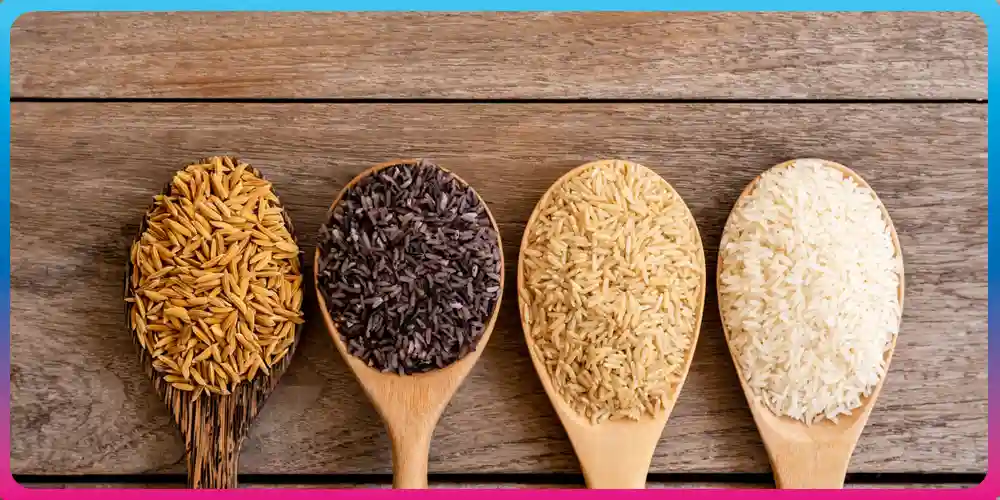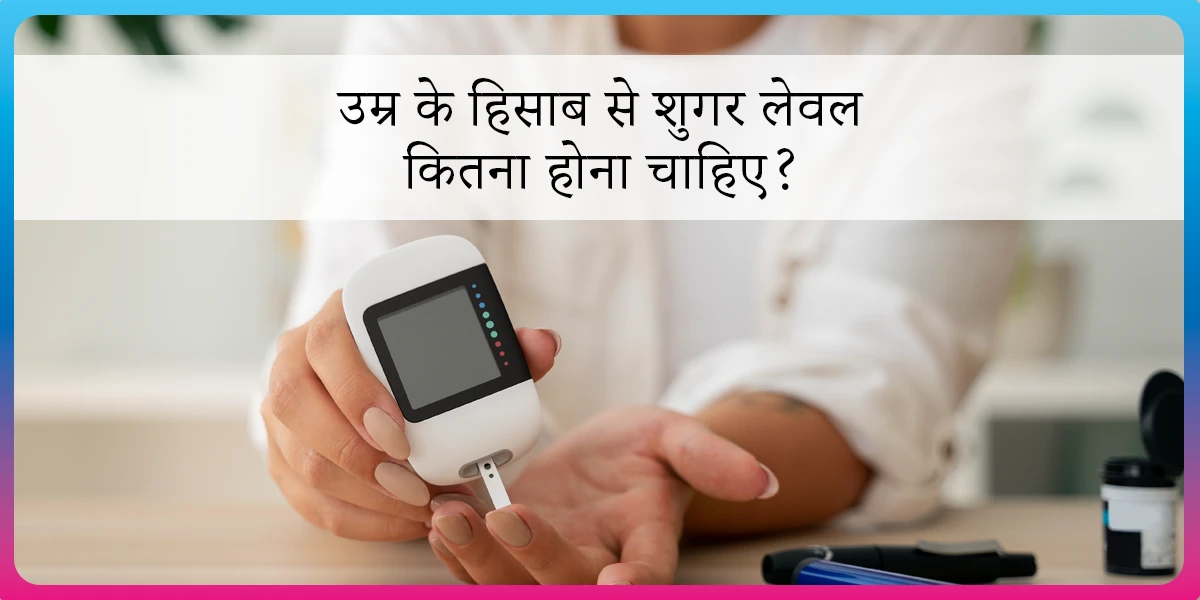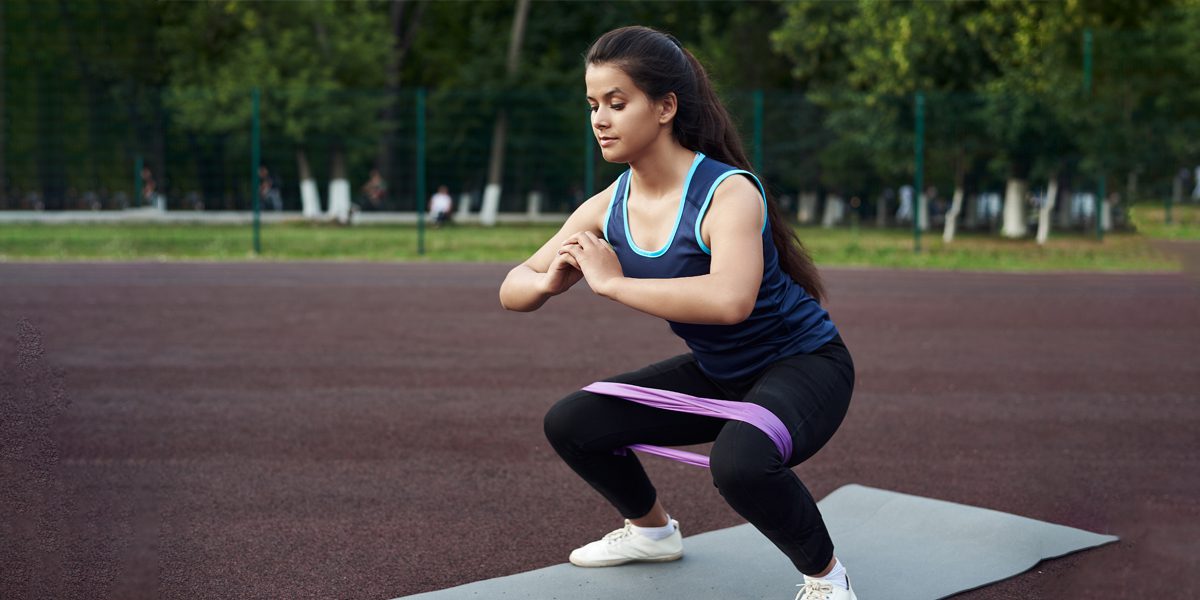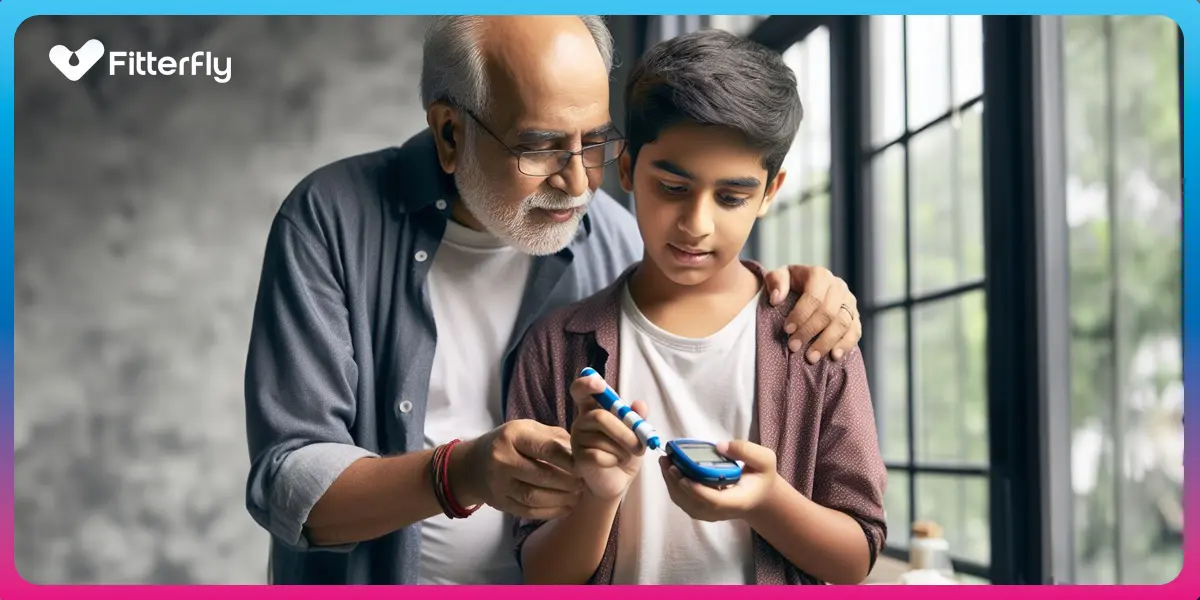
Is Rice Good for Diabetes?
“You should give up rice” – this is inevitably one of the first (unsolicited) piece of advice you hear when you tell someone you have diabetes.
Before you give up what you’ve probably been eating all your life – let’s get some facts right. When it comes to managing diabetes, rice alone is not the problem – carbohydrates are.
Carbs are the component of your food that affect your blood sugar levels the most. This, again, does not mean you give up carbs completely – you just have to watch out for the types of carbs and your portion sizes.
Apart from being rich in carbohydrates, the rice that we most commonly eat also has a high Glycemic Index (GI). GI is a score that determines how soon a food raises your blood sugar levels after you’ve eaten it.
All this being said, there are ways to continue eating rice in diabetes without affecting your blood sugar levels.
How to eat rice without spiking your blood sugar?
1. Change the type of rice you’ve been eating
Which rice is good for diabetes? Instead of short-grained white rice, go for brown rice, wild rice or whole-grain Basmati rice. It is good for diabetes. These have a lower GI score, are richer in fibre, nutrients and vitamins too. With a glycemic index between 50 and 58, basmati rice is a low to medium glycemic index food.
2. Tweak the way you cook it
Instead of cooking rice in a pressure cooker, cook it in a pan with extra water. Draining the excess water once the rice is cooked will help you get rid of some of the starch.
3. Control the portion sizes & frequency
Reduce the amount of rice you eat in a meal and how often you eat it. You can slowly go from twice a day to once a day to going to a few times a week. Slow changes are easy to follow and help build habits that last.
4. Balance your meals
Once you’ve reduced the amount of rice in your meal, load up on proteins and fibre-rich veggies to make up for it. You can also tweak your khichdi, pulao recipes with less rice and more lentils and dals to make them healthy.
5. Try rice substitute for diabetes
If you are open to trying new things, do try replacing rice with alternative grains such as ragi (millets), jau (barley), plain oats, quinoa or kuttu ka atta (buckwheat).
6. Substitute the amount of rice in foods made using rice
While making your Idli and dosa batter, for example, substitute a portion of the rice with plain oats. Go for red or brown poha instead of the normal variety and garnish it with flaxseed power or sprouts instead of sev.
FitterTake
While managing diabetes, it’s not necessary to give up rice entirely; focus on controlling carbohydrates. Opt for low-GI options like brown rice, tweak cooking methods, control portion sizes, and explore alternatives like quinoa.
Making informed choices allows you to enjoy rice as part of a balanced diet without spiking blood sugar levels.
So, if you’re looking to take charge of your diabetes, consider teaming up with fitterfly experts as your sidekick, you can speak with us by just dialling a missed call at 08068507599, and we will definitely get back to you.
Let’s learn to make smarter choices that are practical instead of trying (and failing) to give up a food that is part of your staple diet.
This blog provides general information for educational and informational purposes only and shouldn't be seen as professional advice.
Frequently Asked Questions
How to incorporate White Rice in Your Meals?
Incorporate white rice in moderation, pair it with lean proteins and fiber-rich vegetables for balanced meals.
What are the alternatives to rice for diabetes?
Consider alternatives like brown or red rice, quinoa, or other fiber rich millets like bajra or jowar for better blood sugar control.
How much rice can a person with diabetes eat per day?
Limit rice intake to about 1/2 to 1 medium bowl per meal, provided you are balancing it with fiber and proteins.
What to Consider while eating rice in diabetes?
Consider portion size, and balance rice with protein and vegetables to manage blood sugar levels. Also avoid pairing rice with rotis, follow one cereal in one meal rule for better sugar control.
Fitterfly's Diabetes Prime Program
clinical term for Diabetes Reversal
























